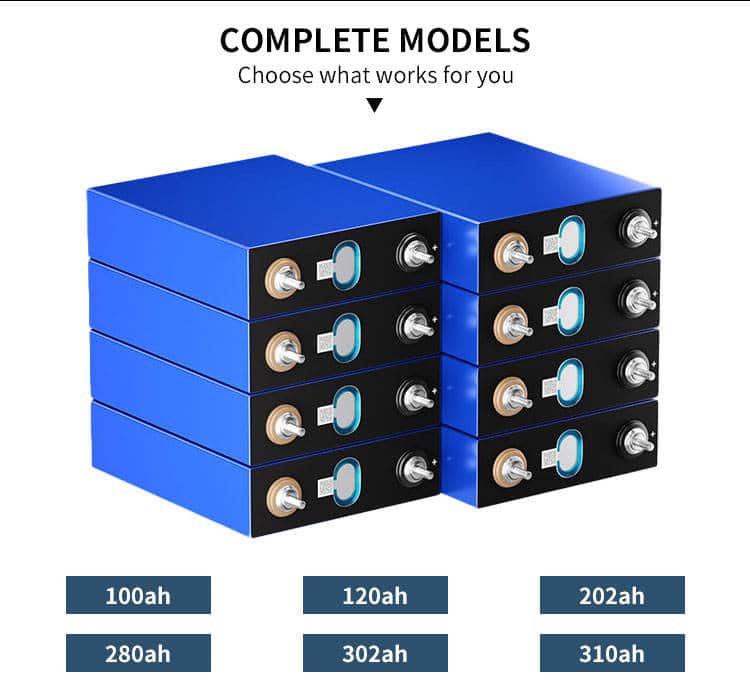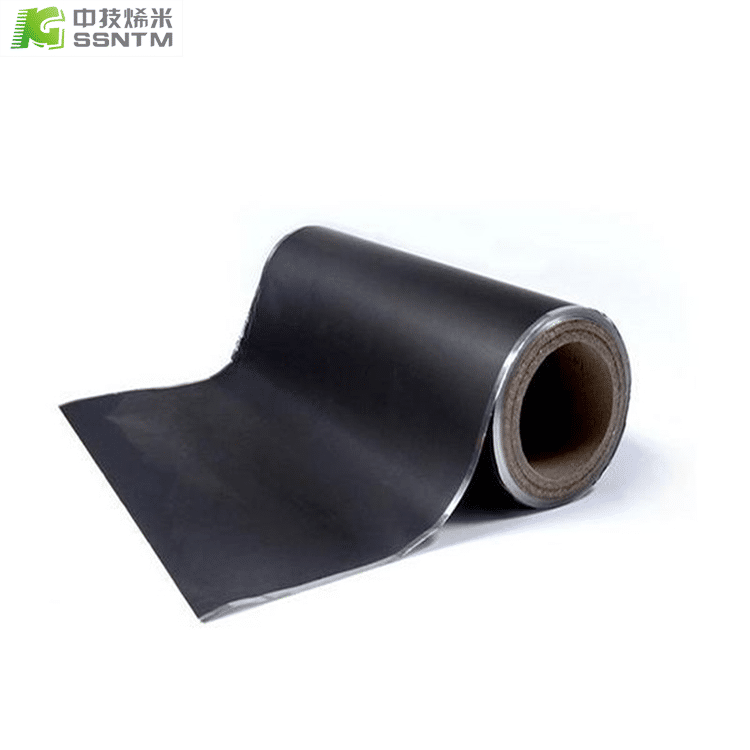how to calculate collector current
The collector current is the current flowing through the collector terminal of a bipolar junction transistor (BJT) and can be calculated using Ohm’s law and the transistor’s characteristics.

The formula to calculate collector current is:
Ic = β x Ib
Where:
Ic is the collector current
β is the DC current gain or hFE of the transistor
Ib is the base current
To calculate the base current, you can use the following formula:
Ib = (Vb – Vbe) / Rb
Where:
Ib is the base current
Vb is the voltage applied to the base terminal
Vbe is the base-emitter voltage drop of the transistor (typically around 0.7V for silicon BJTs)
Rb is the base resistor
Once you have calculated the base current, you can use it in the first formula to find the collector current.
It is important to note that the collector current also depends on the load connected to the collector terminal, as well as the voltage applied to the collector terminal. Therefore, when designing a circuit with a BJT, it is essential to consider the load and voltage conditions to ensure that the transistor operates within its safe operating region.


